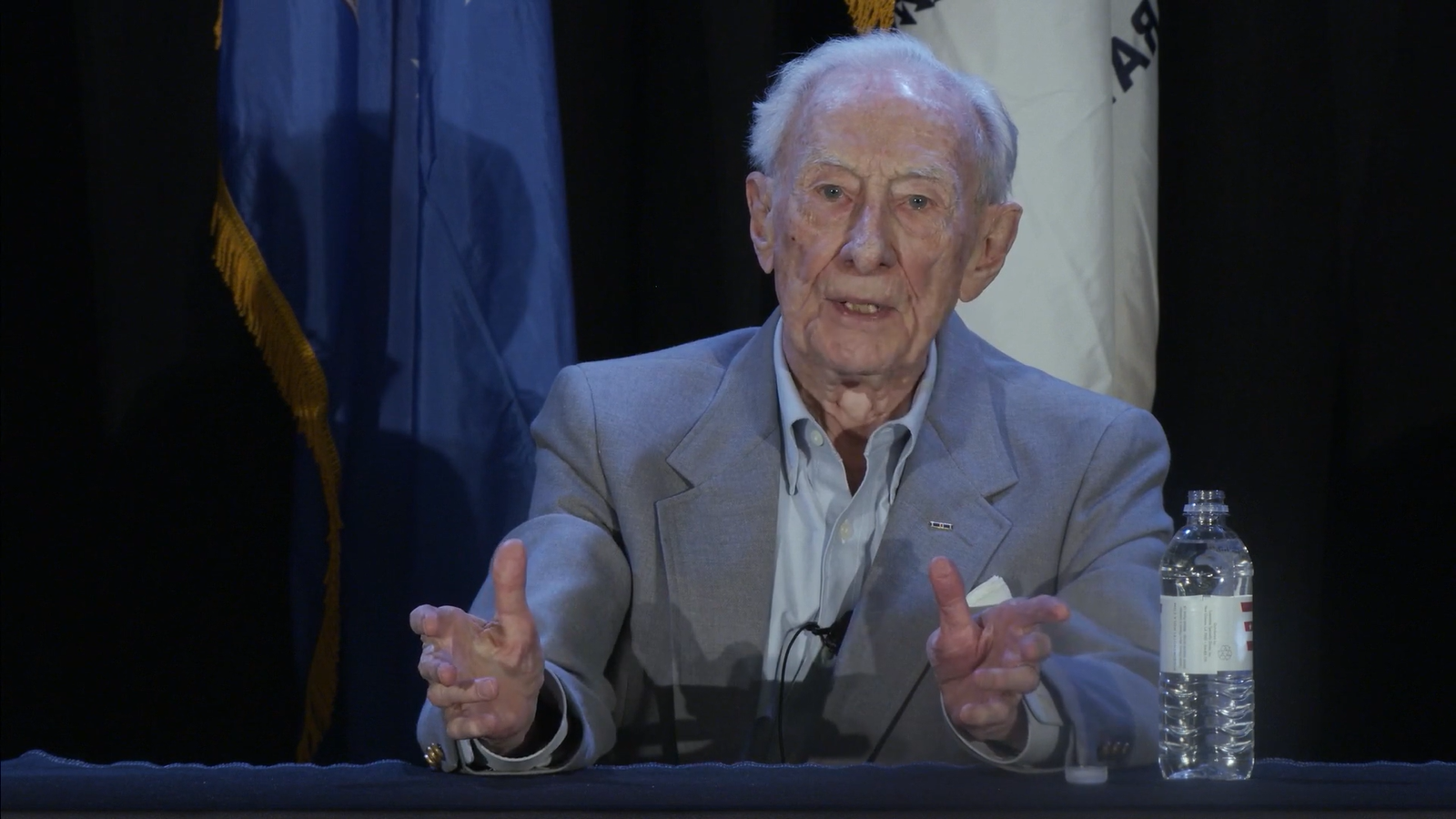Dr No - a BBC Radio drama
/Based on Ian Fleming’s novel, BBC Radio 4’s Dr No stars Toby Stephens as James Bond and David Suchet as Dr Julius No
I grew up on radio dramas—mostly religious ones like “Adventures in Odyssey” or “Patch the Pirate” or, when, to my grief, I woke up in the deep watches of the night with WRAF on my clock radio, the harrowing “Unshackled”—and have enjoyed rediscovering them as an adult and a father. My own kids are getting to know the town of Odyssey’s large cast of characters, and we especially loved “Odyssey”-veteran Paul McCusker’s joyous and intelligent radio drama The Legends of Robin Hood.
But BBC Radio’s literary adaptations have become particular favorites of my family. We’re a third of the way through their classic Lord of the Rings starring Ian Holm, and we have enjoyed their radio adaptations of Treasure Island and the Richard Hannay adventures The Thirty-Nine Steps and Greenmantle. And there is a great favorite among my kids, The Mark of Zorro, starring Val Kilmer, which I reviewed here a year ago today. Last weekend, I finally delved into their James Bond series.
The first in this series adapts—like the first Bond film—the fifth of Ian Fleming’s original novels, Dr No.
Dr No takes place several months after From Russia With Love, which ends on a stunning cliffhanger requiring Bond, in the followup, to have undergone extensive convalescence. The radio drama opens with Bond’s briefing from M, who wants to make sure Bond is fully recovered but still gives Bond what he thinks will be an easy assignment. One Commander Strangways, a key intelligence operative in Jamaica, has gone missing along with his secretary. The gossips have already concluded that the pair created false identities for themselves and eloped, but M wants Bond to make sure.
Bond departs Britain both relaxed and resentful. He is glad to be back in the Caribbean and working with a Jamaican local, Quarrel, who gave him life-saving assistance in Live and Let Die, but his familiarity with Jamaica and his resentment of the simple job given to him by M cause him to let his guard down. He immediately regrets it. A Chinese girl claiming to work for the Daily Gleaner snaps his photo as he arrives at the airport, and reappears when he and Quarrel have dinner and drinks at a Kingston dive. His suspicions are aroused and never allayed.
Bond encounters another Chinese girl working as a secretary for a local contact. The contact informs Bond that Strangways had been investigating one Dr Julius No, the reclusive owner and operator of a guano mine—which he works exclusively with imported Chinese labor—on nearby Crab Key. Asked to retrieve the files on the case, the secretary reveals that they are missing.
Though Quarrel warns him off of approaching Crab Key, which has a bad reputation—especially after a series of strange accidents involving representatives of the Audobon Society, who have taken an interest in the rare birds that nest on Dr No’s island—Bond decides to investigate more directly.
Quarrel and Bond make the 20-mile voyage to Crab Key by night and, the next morning, meet Honeychile Rider as she gathers shells on the beach. When Dr No’s men arrive and machine gun Honey’s canoe, the three form an ad hoc team as they work both to uncover what Dr No is doing and to survive long enough to escape the island. Not all of them will make it, and the danger will only grow crueler and more grotesque once Dr No captures them.
BBC Radio 4’s adaptation, first broadcast in 2008, hews very closely to Ian Fleming’s novel, even retaining many of the rough edges I would have expected to be sanded off in a modern adaptation—and kudos to them for letting the story be of its time and place. Sticking close to Fleming’s originals is always a plus. Dr No has always impressed me with its strong writing, characterization—especially for Honey Rider—suspense, and grim, brutal survivalist climax. Take what you imagine a Bond film to be like, remove the campiness of the worst of the movies, and cross it with The Most Dangerous Game, and you’re approaching the tone of this book. The adaptation conveys Bond’s doggedness and Dr No’s cruelty expertly, and the story builds steadily in excitement and intensity right up until the end.
The voice acting is excellent across the board. Toby Stephens, who played Bond villain Gustav Graves in the execrable Die Another Die and gave an outstanding audiobook performance of From Russia With Love, is very good as James Bond. Stephens’s Bond combines intelligence and a hard edge where screen Bonds often skew toward one or the other. Lisa Dillon and Clarke Peters offer solid support as Honeychile Rider and Quarrel—Quarrel and Bond’s strong laird and gamekeeper relationship is an often overlooked friendship in the Bond stories—and fans of certain British media will enjoy Peter Capaldi’s brief appearance as The Armourer, Major Boothroyd, the character who first equipped Bond with the Walther PPK and who eventually evolved into the films’ Q.
The standout, however, is David Suchet as Dr No. The villain only appears in the film third or so of the story and has limited “onscreen” time with Bond, but Suchet makes the most of it. His halting, metallic, alien voice is eerie and threatening, and the way he delivers his life story and cold, amoral, transhumanist worldview to Bond and Honey seems believable rather than the mere “monologuing” lampooned in The Incredibles. If, like me, you know Suchet primarily as Poirot, this performance should prove a startling surprise.
Dr No also features good sound effects that set the scene well, especially scenes on the beaches, in the mangrove swamps, and in the warehouses, subterranean quarters, and deathtraps of Crab Key. The adaptation’s original music by Mark Holden and Sam Barbour is a nice accent to the story, invoking the sound of classic Bond film scores without aping it.
For those with children, Dr No may be on the intense side. I listened to it with my kids and they were engrossed by it, finding the story unbearably suspenseful and Dr No unbearably creepy. I selected this one to listen to with them both because it was the first in this series and because I knew the novel had more action and less sex than some of the other stories. That held true for the adaptation, too. Aside from a scattering of mild language—most of it rather blunt discussions of Dr No’s bird guano—it was a good listen for my kids.
If the adaptation has any flaws, it is only through sins of omission rather than commission. This radio drama is just under ninety minutes long, and so while all the major events of the novel are present, they have been streamlined. The novel’s characters are presented well and excellently performed, but some of the depth of the novel has been lost. Bond’s resentments and his interiority are downplayed. Honey tells a shortened version of her tragic backstory—which I wrote about briefly a few months ago—but her goals and her reason for being on Crab Key are not elaborated upon. Likewise, I know why Bond was in the hospital for so long before the events of this story, but someone less familiar with the novels may not. I had to explain a little bit of that to my kids. But these are minor complaints.
The upside of this short adaptation is precisely that it is short—right at an hour and a half, an hour and a half spent on a perfectly paced and executed action-suspense story, perfect for a shorter holiday road trip or a quiet evening listening to the radio.
I had heard lots of good things about these radio adaptations of Fleming’s novels, and now I know why. I’m looking forward to listening to the next in the series, the 2010 dramatization of Goldfinger, starring Stephens as Bond and Ian McKellen as Auric Goldfinger. You can listen to Dr No, Goldfinger, and the rest of the series in this YouTube playlist.
If you’re traveling over the holidays I hope BBC Radio 4’s Dr No will give y’all a good hour and a half of thrills, and that you’ll go on to listen to more, as I plan to. Even better, read some Ian Fleming in the new year! Regardless, have a merry Christmas, and thanks for reading.

















